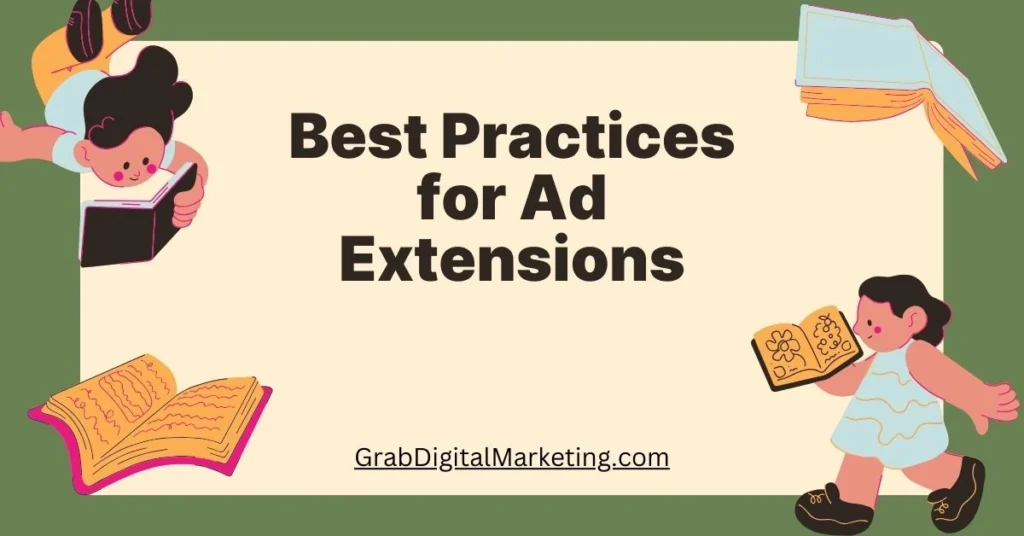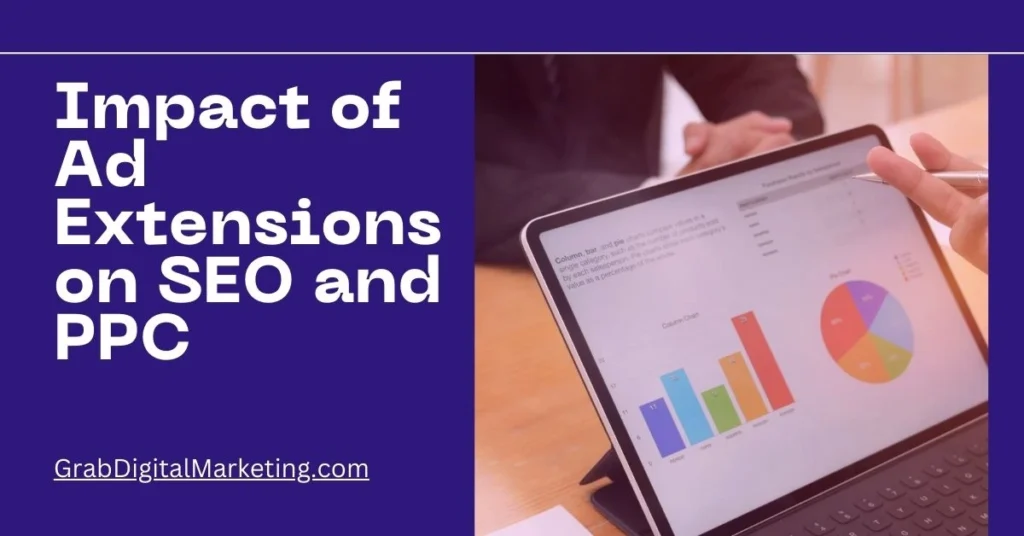What is Extensions in Ads?
Extensions in Ads are like secret weapons in your marketing arsenal. They offer additional information, boosting the performance and visibility of your ads on search engines like Google and Bing. Here’s an in-depth look into the world of ad extensions:
Table of Contents
What Are Ad Extensions?

Ad extensions are extra pieces of information that can be added to your online ads to make them more useful and appealing to potential customers. They appear alongside your main ad copy in search engine results, especially on platforms like Google Ads and Microsoft Ads. Think of them as enhancements that expand your ad, giving people more reasons to click and engage with your business. Instead of just showing a headline, description, and a link, ad extensions let you include things like your phone number, address, product listings, additional links to your site, and more. These added features help your ad take up more space on the screen, making it more noticeable and informative, which can increase your click-through rate (CTR).
Why Use Ad Extensions?

- Increased Visibility: Extensions make your ads larger and more prominent on the search results page.
- Enhanced Engagement: With more information available, users can find what they need directly from the ad, leading to higher click-through rates (CTR).
- Improved User Experience: By providing more relevant and specific information, you can address user needs more effectively.
- Higher Ad Rank: Ad extensions can improve your ad’s Quality Score, which is a factor in determining your ad’s position and cost-per-click (CPC).
Types of Ad Extensions

There are several types of ad extensions, each serving different purposes:
Sitelink Extensions:
- Add additional links to your ad, directing users to specific pages on your website.
- Example: If you own a shoe store, you can add site links for “Men’s Shoes,” “Women’s Shoes,” “Sale Items,” etc.
Call Extensions:
- Allow users to call your business directly from the ad.
- Particularly useful for mobile users who may want to contact you instantly.
Location Extensions:
- Show your business address, phone number, and a map marker.
- Helps in driving foot traffic to your physical location.
Callout Extensions:
- Provide additional descriptive text to highlight specific offers or features.
- Example: “Free Shipping,” “24/7 Customer Support,” “Price Match Guarantee.”
Structured Snippet Extensions:
- Highlight specific aspects of your products or services in a structured format.
- Example: Categories like “Amenities,” “Destinations,” and “Brands.”
Review Extensions:
- Display third-party reviews, adding credibility and trust to your ad.
- Example: Showing a snippet from a positive review by a well-known publication.
Price Extensions:
- Showcase your products or services along with their prices directly in your ad.
- Users can see the cost upfront, which can lead to more qualified clicks.
App Extensions:
- Promote your mobile or desktop app with a direct link to download it.
- Ideal for businesses that have an app they want to promote.
How to Use Ad Extensions Effectively

Align with Your Goals:
- Choose extensions that match your campaign objectives. For example, use call extensions if you want to increase phone inquiries.
Keep It Relevant:
- Ensure the extensions are relevant to the ad and the user’s search intent. Irrelevant extensions can lead to wasted clicks and lower performance.
Test and Optimize:
- Continuously test different extensions to see which ones perform best. Use A/B testing to compare results and optimize accordingly.
Monitor Performance:
- Regularly check the performance of your extensions in your ad platform’s dashboard. Adjust based on metrics like CTR, conversion rates, and CPC.
Use Combinations:
- Don’t limit yourself to just one type of extension. Combining different extensions can make your ad more comprehensive and engaging.
Best Practices for Ad Extensions

Keep It Concise:
- Use clear and concise language to get your message across quickly.
Highlight Unique Selling Points:
- Use extensions to showcase what makes your business stand out from the competition.
Seasonal Adjustments:
- Update your extensions to reflect seasonal promotions, holidays, or special events.
Localize When Necessary:
- If you have multiple locations, use location extensions to show users the nearest branch.
Impact of Ad Extensions on SEO and PPC

Ad extensions don’t directly impact SEO, but they do play a significant role in Pay-Per-Click (PPC) advertising. Here’s how:
Higher Click-Through Rates:
- Extensions provide more information and options, making ads more appealing and likely to be clicked.
Better Quality Score:
- Google considers the use of ad extensions when calculating Quality Scores. A higher Quality Score can lead to better ad positions and lower costs.
Enhanced User Experience:
- Providing additional information upfront helps users make informed decisions, reducing the likelihood of irrelevant clicks.
Challenges and Considerations

While ad extensions can greatly improve your ad performance, they also come with a few challenges and things to keep in mind. For one, not all extensions will always show—Google decides when and where they appear based on factors like ad rank, relevance, and available space. This means you can’t fully control how your ad appears every time. Also, managing multiple extensions across different campaigns can get time-consuming, especially if you have a large account. It’s important to keep your extensions updated, because outdated info like old prices or expired promotions can hurt your credibility. Lastly, adding too many extensions without a clear strategy can overwhelm users rather than help them. So while extensions offer valuable benefits, using them effectively requires regular attention, testing, and thoughtful planning.
Future of Ad Extensions

With advancements in AI and machine learning, the future of ad extensions looks promising. Here are some trends to watch:
Personalization:
- Extensions will become more personalized based on user behavior and preferences, leading to more relevant and engaging ads.
Automation:
- Increased automation in creating and managing extensions will save time and improve efficiency.
Interactive Extensions:
- Expect more interactive and dynamic extensions that can engage users in new ways, such as interactive product showcases or virtual try-ons.
Integration with Other Platforms:
- Ad extensions will likely become more integrated with other marketing platforms and tools, providing a seamless user experience.
Conclusion
Ad extensions are a powerful tool in your digital marketing toolkit. By providing additional information and options, they can significantly enhance the performance of your ads, leading to higher engagement, better user experience, and improved ROI. As the digital landscape continues to evolve, staying up-to-date with the latest trends and best practices in ad extensions will ensure your campaigns remain competitive and effective.
